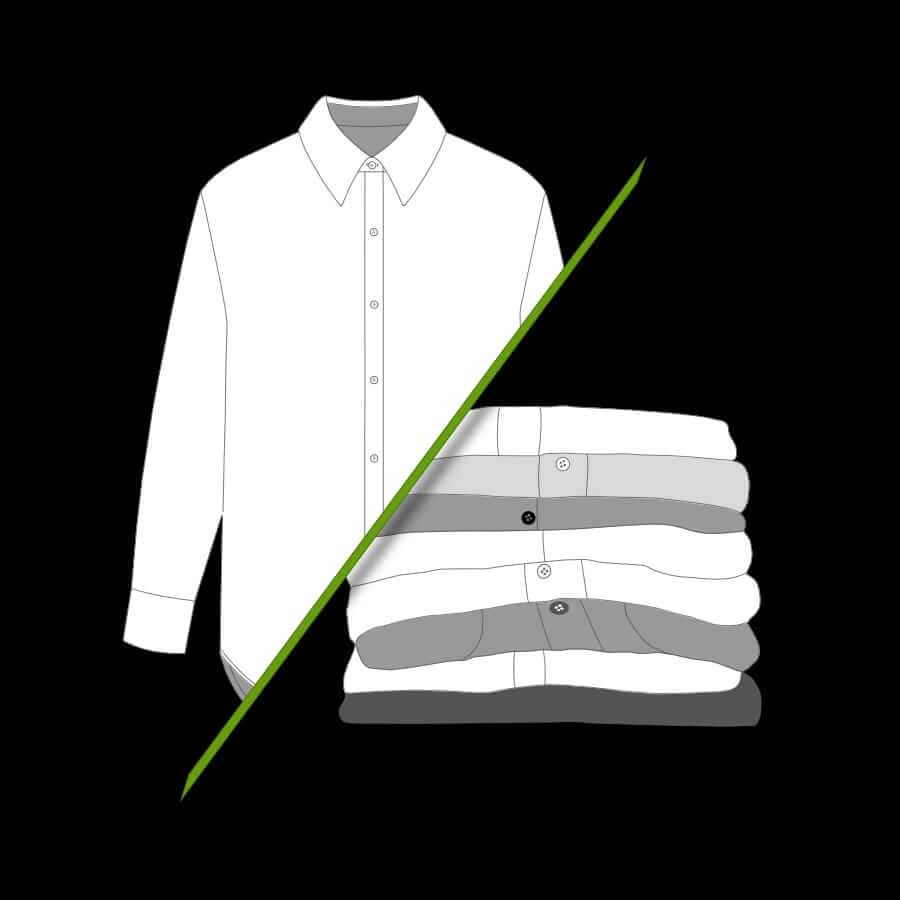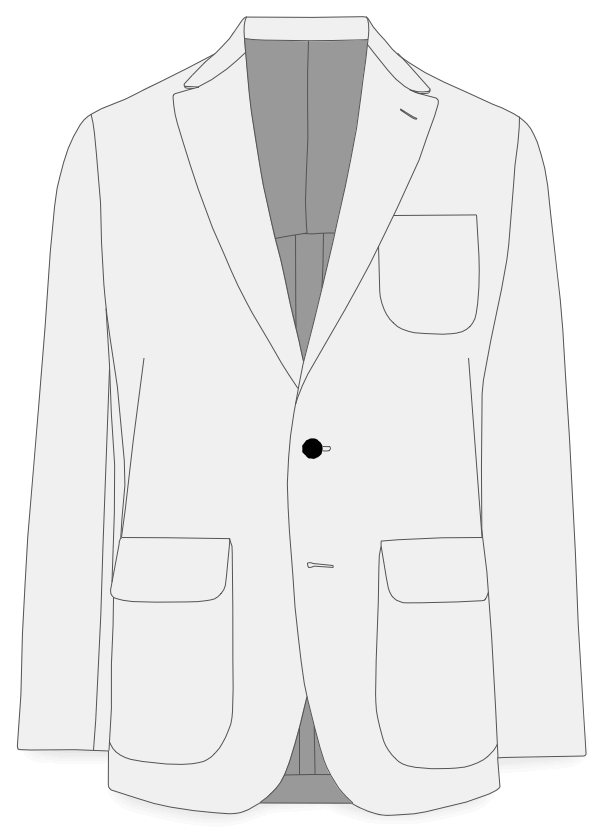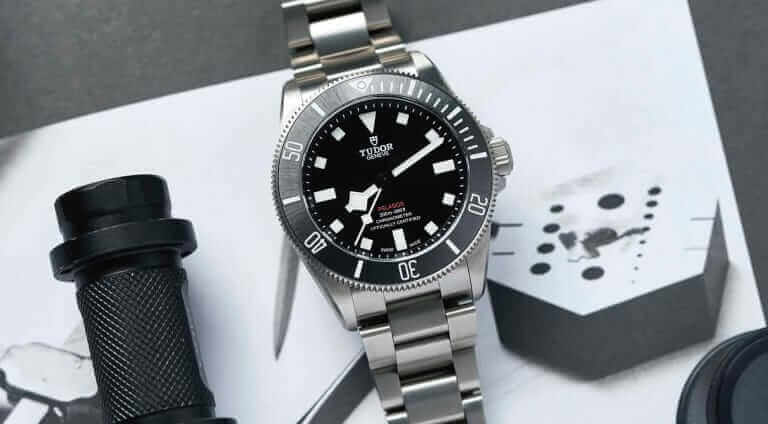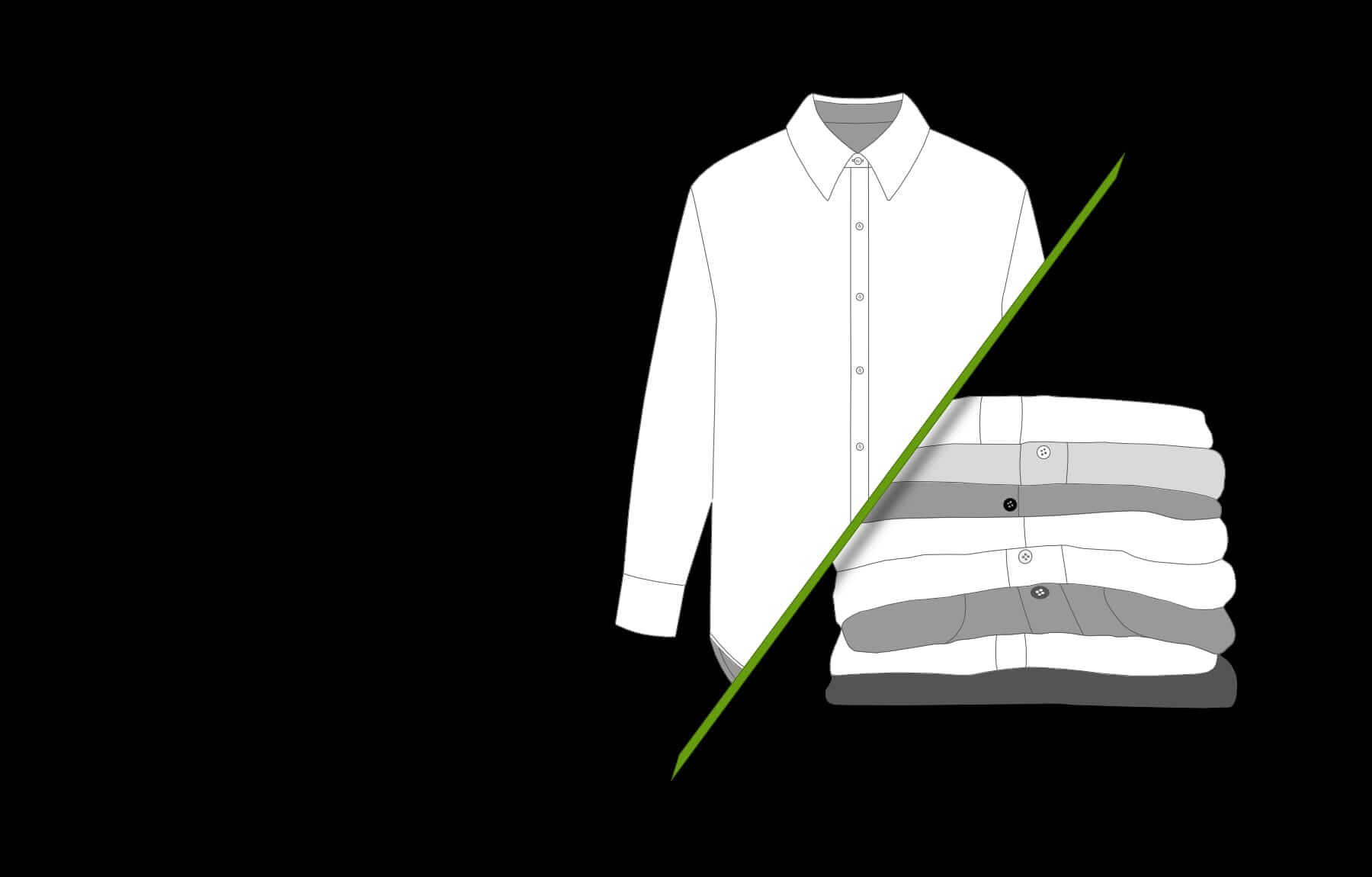
Making the Case
for (and Against)
Cost Per Wear
Is it a savvy shopping formula or an elaborate justification device?
It’s not a new concept. Fashion-loving folks have been using this formula for years, but it seems as though new life has been breathed into the theory of "cost per wear" on social media. And with the TikTokers spreading it like wildfire, it seemed like a good time to revisit the topic. But I must admit, that as once hard and fast devotees to this consumerist calculus, we at Valet. are now a little torn.
In case you need a refresher, the equation is simple. Take the total cost of the item, divided by the number of times it's worn. The lower the CPW, the better the investment. It looks like this: You're staring at a particularly nice pair of pants from Acne Studios. They're unique, well-made with wide barrel legs and versatile enough to wear in multiple situations. The price tag says $650. But, because you love them, you plan on wearing said pants three times a week for the next year. This means your CPW comes out to a very reasonable $4.16. That's about the cost of a latte, right!? Compare that to some lesser pants you'd pick up at a fast fashion brand for $65—a pair you wouldn't be able to wear as often, that wouldn't stand up to months and months of constant washings and that eventually would have to be tossed. Those four-buck-a-day pants start to seem like a bargain.
In this way, the concept of CPW is less of a mathematical calculation and more of a philosophy. At first glance, a quality piece might seem expensive, but if it can last for years and be worn in multiple ways, then the overall cost comes down, allowing you to really get your money's worth. And that's more economical in the long run.
This maybe isn't for the guy trying to flex a new fit on social media. But savvy, stylish guys these days tend to value quality over quantity. You've heard the phrase, buy less, but buy better. This is that in action. The mindset frees you from impulse purchases that you often regret and a closet full of clothes you hardly ever wear.
Advertisement
I remember talking a while back with the retail king, Sid Mashburn, who told me that he and his team often discuss cost per wear, not only with customers but with each other. You want to factor in not only how much you'll wear an item, but how much enjoyment you get from it. How it fits into the rest of your wardrobe and whether it's a trendy piece you might wear for a season or a staple of your personal uniform that you could wear indefinitely. He said there's an old saying, “I'm too poor to buy cheap stuff,” meaning when you purchase a well-made item, the quality ensures it will last. And, as we've always said, something well-worn and loved, that shows off some patina or even repairs, always looks cooler than a brand new item.
On the other hand, CPW can also be seen as merely a justification device. The impulse to explain away behavior that makes others uncomfortable. Especially at a time when the price of good clothes has gone sky-high. We need some sort of rationale for dropping large sums of money on items others deem frivolous. As you blow the dust from your empty wallet and fan the flames of your torched credit card, you can break down how this particular garment, while pricey, basically pays for itself in time.
We wonder if this is really how you should be thinking about your clothes—or your personal style for that matter. If you're the type of guy who likes looking good, who values good style and presenting an image to the world, then you're naturally drawn to beautiful clothes. You're interested in buying those pants because of the unique stitching or the way a jacket has been tailored to highlight your shoulders or how this T-shirt drapes so perfectly. These are the details that seem to say something about the man wearing it. That's what you're buying.
Advertisement
If you start thinking only in dollars and cents, then there are surely better, more reliable purchases that will get you a better bargain. A safer return on your investment, if you will. You buy the clothes you do because of the joy they bring; because of how they make you look and what they say about you. Not to score points for financial efficacy.
If you're the practical type, who sometimes has trouble convincing yourself to spend good money on good clothing, then the CPW calculus could come in handy. But I don't know if I like thinking about these clothes that bring me so much joy as just another daily expenditure. The cost of being a part of society can feel never-ending. When you tally up all your streaming services, daily cold brew budget, transportation and other subscriptions, it's a surprising and often dizzying amount of money. I don't need to think about my new favorite pants adding three bucks to that equation. If calculating the worth of your wardrobe down to the penny helps you upgrade your look, then I say do it. But I'll be here, pulling on clothes for no other reason than they make me happy and hopefully look good, too. When I look in the mirror and like what I see, all math goes out the window.
A Smart Way
to Bring
CPW Down
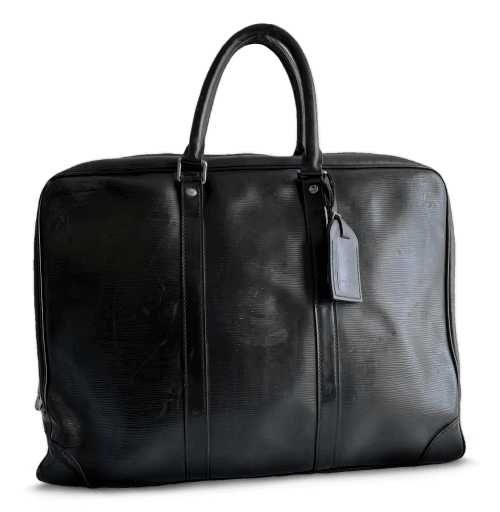
Look for vintage and second-hand clothing. This allows you access to higher-end brands and better-quality pieces at a fraction of the original retail cost.
